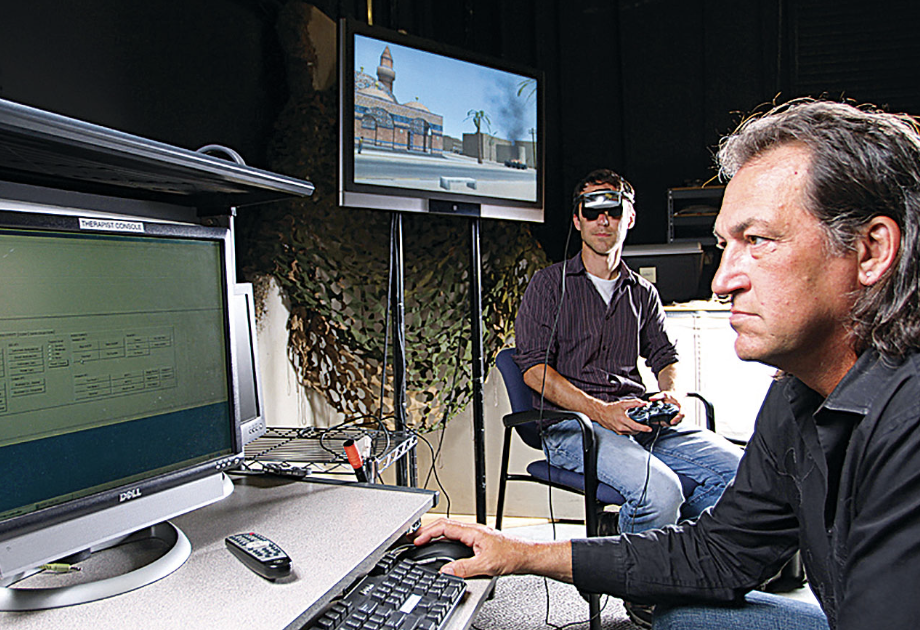As we honor those Americans who have sacrificed so much in the service of our country, we must do more to address a threat that stalks all too many of them.
In 2018, 321 active-duty service members took their own lives, including 57 Marines, 68 sailors, 58 airmen and 138 soldiers. This is the highest number of active-duty suicides since 2012 — when an equal number took their own lives — since close tracking began in 2001.
For the veteran population, there were more than 6,000 suicides each year from 2008 to 2016. In 2016, the suicide rate was 1.5 times greater for veterans than non-veteran adults after adjusting for age and gender. The challenges of coping with the COVID-19 epidemic are adding even more stress, which many health care professionals believe will only make the situation worse.
We can and must address this crisis. One answer is to make mental health care more accessible to those in need. The best way to do that is to break down barriers to care. One of the best shots to get that done is to improve the availability of advanced technology solutions for delivering evidence-based care.
The first challenge to breaking down barriers to care is obvious, but not always easy: getting someone to start some form — frankly, any form — of treatment engagement. There are also the systemic impediments that must be addressed. This requires strategies that address the seven A’s of “Barriers to Care”: awareness, anticipated benefit, availability, acceptability, accessibility, adherence and affordability of mental health care.
We must put more effort into building public awareness about effective treatment options, to increase the perception of anticipated benefit, make treatment more accessible and make available more well-trained treatment providers, and finally to make help-seeking more acceptable (reducing stigma). These steps would promote adherence at an affordable cost.
For service members and veterans, promoting access to mental health care is a key target for reducing suicide incidence. Perceived stigma is a significant barrier for patients seeking mental health care along with lack of knowledge about mental health care, inability to recognize symptoms in one’s self, and inability to identify adequate health care resources for mental health symptoms.
As of 2018, 60% of newly civilian veterans lacked access to mental health care. A presidential executive order has tasked the Department of Defense, Department of Homeland Security and Department of Veterans Affairs with filling this care gap.
The problem’s urgency has led the VA to reiterate its commitment to veteran mental health care access. Its Office of Mental Health and Suicide Prevention is aiming to promote access by making high-quality mental health care and suicide prevention resources available through a full spectrum of inpatient, outpatient and tele-mental health services.
We need better contact between the military and veteran health care agencies for seamless access to service records when someone transitions to the VA system. We also need to promote better access to supportive wellness programs that leverage technology like virtual reality, gaming and mobile apps that engage users in positive content.
We need to set up a health care transition program that ensures a soft handoff to civilian health care, while people are on the tail end of active duty. Mental health assessments should be done and, in combination with other military records, could provide the baseline for big-data analytics after someone connects with the VA.
The urgency for reducing or preventing service-member and veteran suicides demands our best efforts to provide a more comprehensive approach. The time is right for our elected officials to come together and address this pressing issue. It’s up to us to insist that they give it their best effort. Our service members and veterans deserve nothing less.
Dr. Albert “Skip” Rizzo is the director of medical virtual reality at the University of Southern California’s Institute for Creative Technologies and the creator of the BraveMind virtual reality exposure therapy program used to treat veterans experiencing post-traumatic stress.

